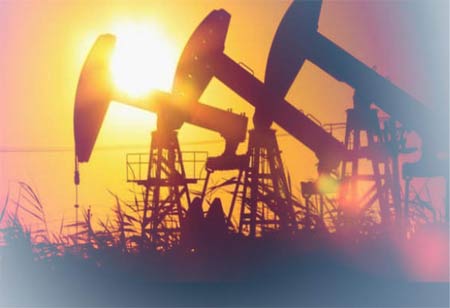Thank you for Subscribing to Energy Business Review Weekly Brief
Produced Water and Flowback in Oil and Gas: A Comprehensive View
Water is one of the many byproducts produced during the industrial recovery of oil and gas, just as in any other production process

By
Energy Business Review | Wednesday, January 31, 2024
Stay ahead of the industry with exclusive feature stories on the top companies, expert insights and the latest news delivered straight to your inbox. Subscribe today.
Oil recovery efforts often produce flowback that lasts between 30 and 120 days. During this time, the operator's top objective is controlling the particles in the flowback fluid to keep the well open. In this sense, flowback sand separators work well because the centrifugal forces they create during operation quickly remove sand from the recovered fluid.
Fremont, CA: Water is one of the many byproducts produced during the industrial recovery of oil and gas, just as in any other production process. In these situations, the water comes from the escape of water that was trapped in geologic formations. At the same time, the oil was being pumped to the surface, not from any chemical processes that took place during exploration.
The expense of processing, treating, and disposing of this water—also known as formation or produced water—dramatically influences the production process. The biological environment (water bodies and aquatic life) and process efficiency could suffer significantly from improper management of the formation of water.
Flowback
Different fluids known as "flowback" emerge to the surface during oil and gas fracking. These fluids are an intricate mixture of volatile hydrocarbons, water, and hydraulic fracturing fluids that operators have added.
Mud, synthetic compounds, and metallic ions are some of the other ingredients of flowback fluid. Because of its composition, flowback must be handled and processed carefully because it could harm flowback operators' health.
For What Duration Does Flowback Generate?
Oil recovery efforts often produce flowback that lasts between 30 and 120 days. During this time, the operator's top objective is controlling the particles in the flowback fluid to keep the well open. In this sense, flowback sand separators work well because the centrifugal forces they create during operation quickly remove sand from the recovered fluid.
Produced Water in Fracking
Natural rock formations usually include water in addition to deposits of gas and oil. Produced water comes to the surface during exploration when the water in these underground geological formations is released.
The water that reaches the surface comprises numerous components because it has been in close contact with pockets of rocks containing hydrocarbons for many years.
Produced Water Salinity
Salinity measures the salt in generated water from a subsurface oil reserve. The salinity of generated water can range from insignificant (similar to freshwater) to large (sometimes up to 10 times more than seawater), depending on the specific rock formation involved.
Importance of Produced and Flowback Water to the O&G Industry
High particle matter concentrations (mud and sand) can be linked to flowback and generated water, impeding effective oil and gas production. Treatment and disposal, flowback, and produced water demand a sizable portion of the production budget.
To increase process efficiency, operators must follow industrial treatment standards and local/municipal laws on the handling and disposal of produced water and flowback.






